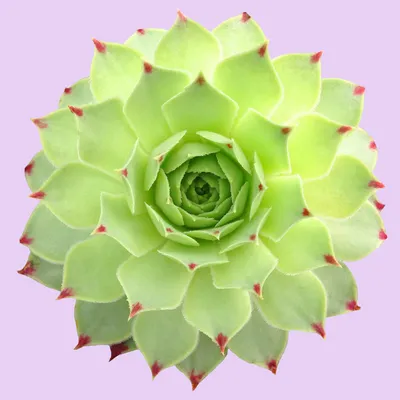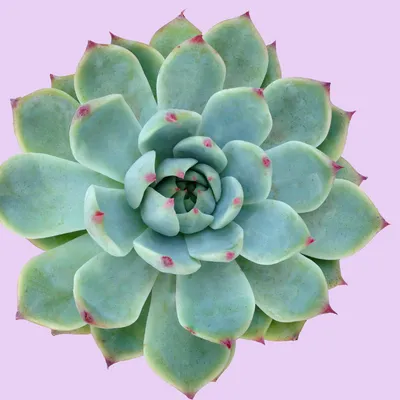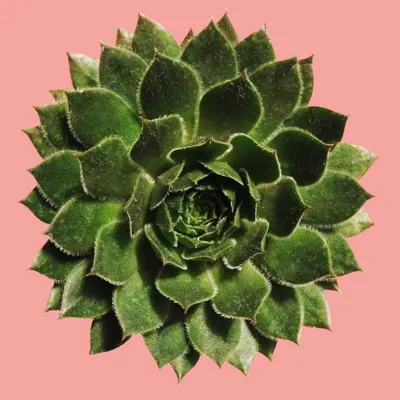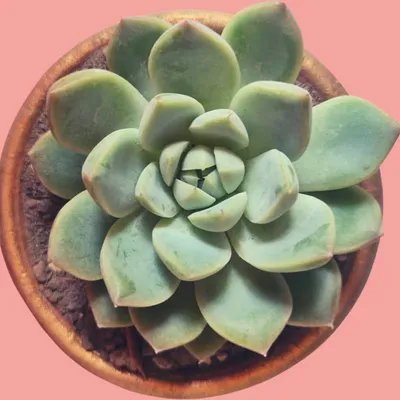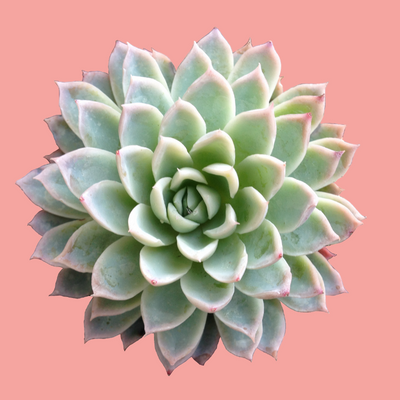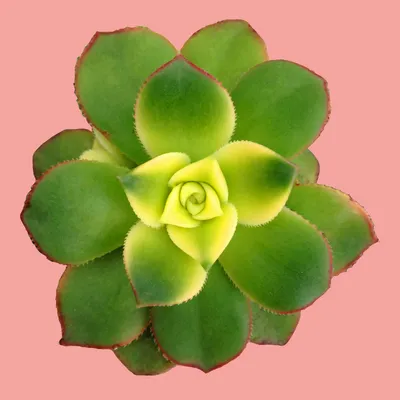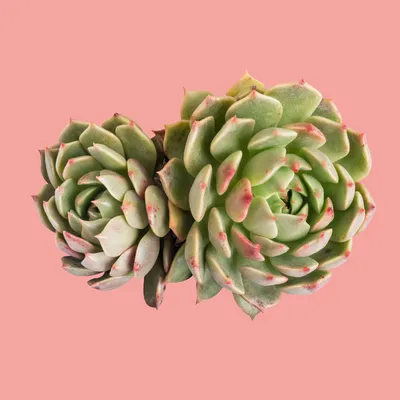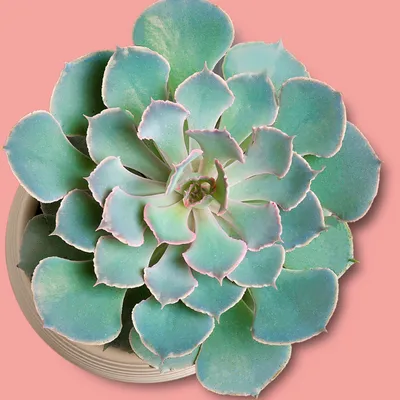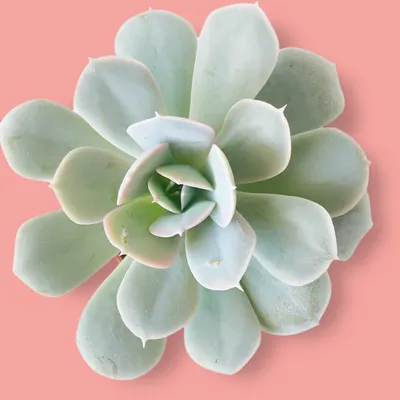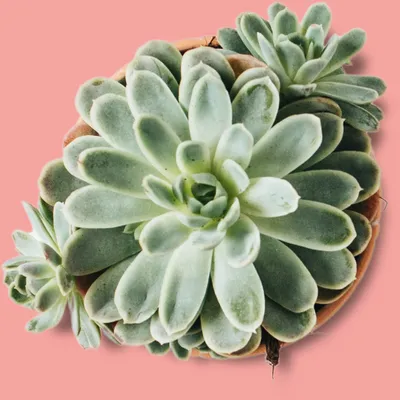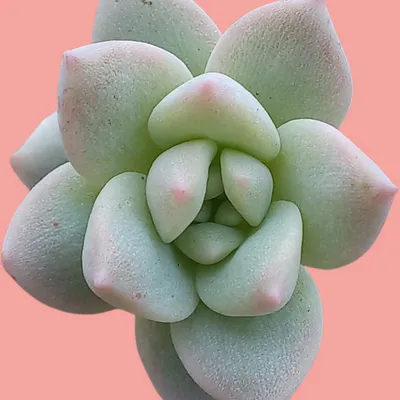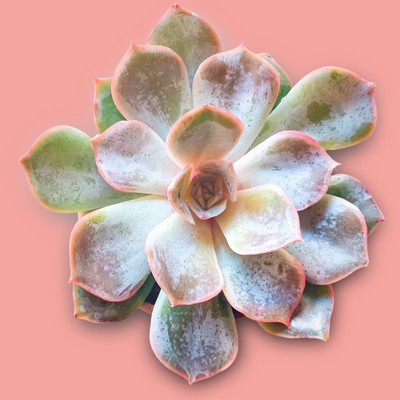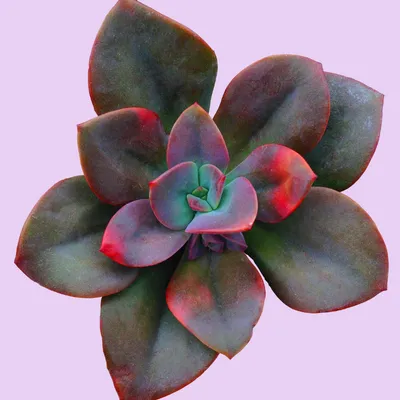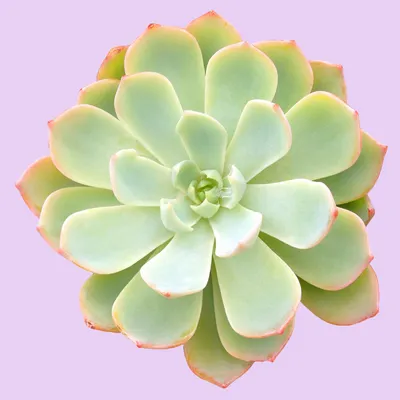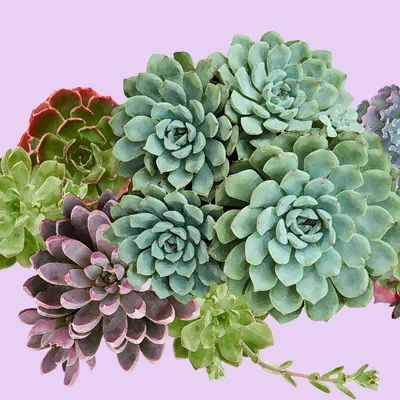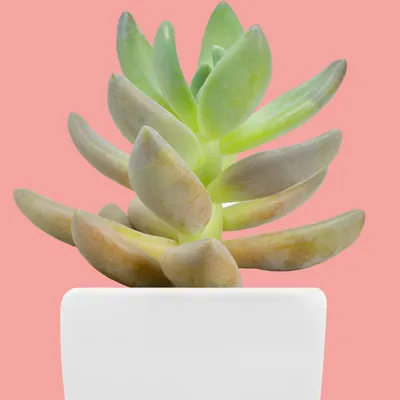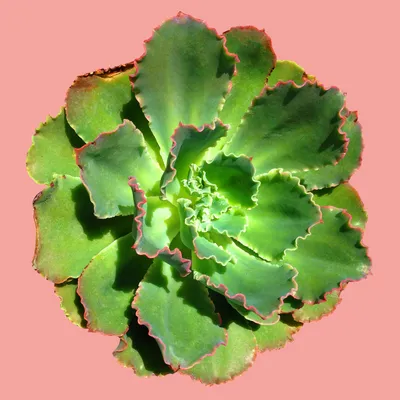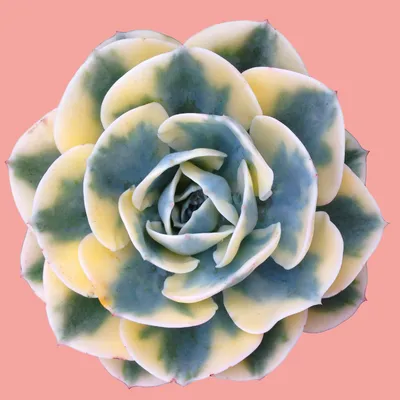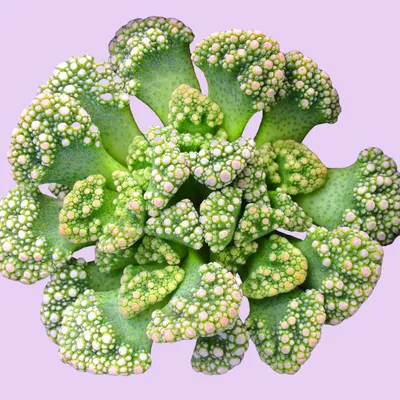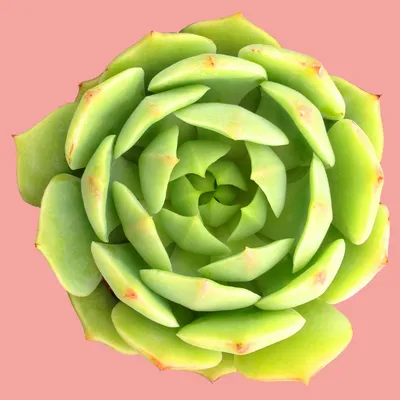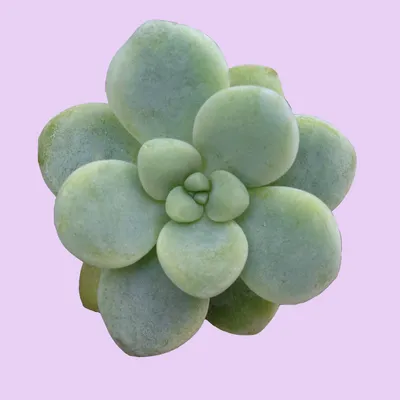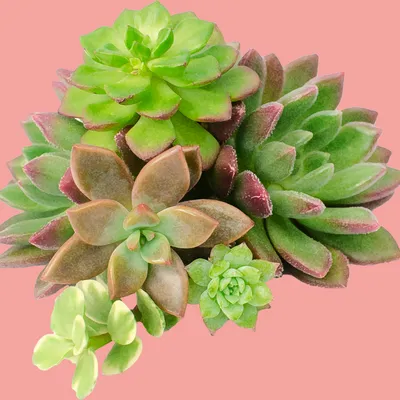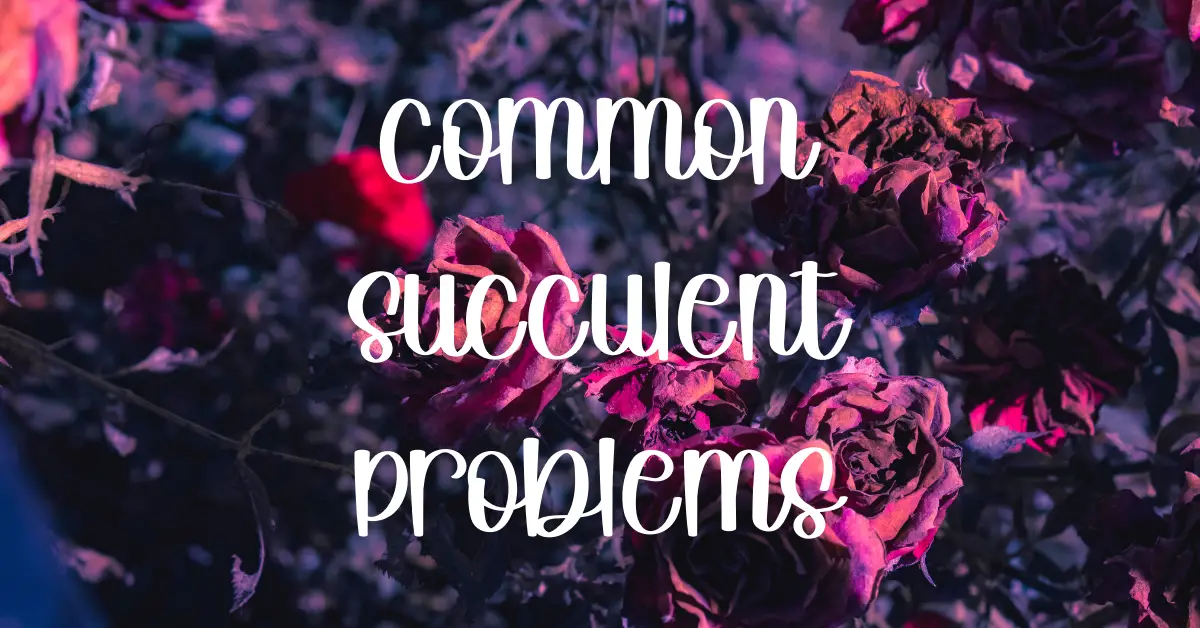In this post, we’ll take a closer look at some common succulent problems and provide solutions to help you keep your plants healthy and thriving. Succulent plants are popular for their low-maintenance care requirements and unique, attractive appearance. However, like any plant, succulents can sometimes encounter problems that can impact their health and growth.
Problem: Yellow or Wilting Leaves
Cause: Overwatering, underwatering, or poor drainage
Solution: Check the soil moisture level and adjust watering accordingly. Make sure the soil is well-draining and avoid letting the plant sit in standing water.
There are several reasons why succulent leaves may wilt. Some of the most common include:
- Overwatering: Succulents are drought-tolerant plants and do not need a lot of water. If you water your succulent too frequently or keep the soil too moist, the leaves may start to wilt.
- Underwatering: On the other hand, if you don’t water your succulent often enough, the leaves may also wilt. Succulents rely on stored water in their leaves and stems to survive, and if they don’t have enough water, the leaves will wilt.
- Root rot: If your succulent has root rot, the leaves may wilt as the plant struggles to get enough water and nutrients. Root rot is often caused by overwatering, but it can also be caused by poor drainage or contaminated soil.
- Heat stress: Succulents that are exposed to extreme heat or direct sunlight for prolonged periods may also experience wilting. This is because the heat causes the plant to lose water more quickly than it can be replaced, leading to wilting.
Problem: Soft or Rotting Roots
Cause: Overwatering or poor drainage. Root rot is a common problem that can affect succulents, as well as other types of plants. It occurs when the roots of the plant become infected with fungi or bacteria, causing them to rot and die. This can lead to a variety of symptoms, including wilting leaves, yellowing or browning of the leaves, and stunted growth.
Contaminated soil: If the soil is contaminated with fungi or bacteria, it can cause the roots of the plant to rot.
Physical damage: If the roots of the plant are damaged, for example by being cut or bruised, they may become infected and rot.
Solution: Check the soil moisture level and adjust watering accordingly. Make sure the soil is well-draining and avoid letting the plant sit in standing water. If the roots are already soft or rotting, carefully remove the affected roots and repot the plant in fresh, well-draining soil.
Problem: Brown Spots or Discoloration on Leaves
Cause: Sunburn or over-exposure to direct sunlight
Solution: Move the plant to a location with bright, indirect light and avoid placing it in direct sunlight for extended periods of time. Consider using a shade cloth or other form of protection to shield the plant from the sun during the hottest parts of the day.
Problem: Pest Infestation
Cause: Infestation by common succulent pests, such as mealybugs, aphids, or scales
Solution: Use a natural pest control method, such as horticultural oil or neem oil, to control the infestation. Alternatively, you can try removing the pests manually with a cotton swab dipped in rubbing alcohol.

Where to Buy Succulents Online
Problem: Stunted Growth or Lack of Flowers
Cause: Poor lighting conditions or improper watering
Solution: Make sure the plant is getting enough light and adjust watering accordingly. Succulents typically need bright, indirect light and well-draining soil in order to thrive.
Conclusion
By understanding common succulent problems and the solutions to address them, you can help ensure that your plants remain healthy and vigorous. Regularly inspecting your plants and taking proactive steps to address any issues can go a long way towards keeping your succulents thriving.
